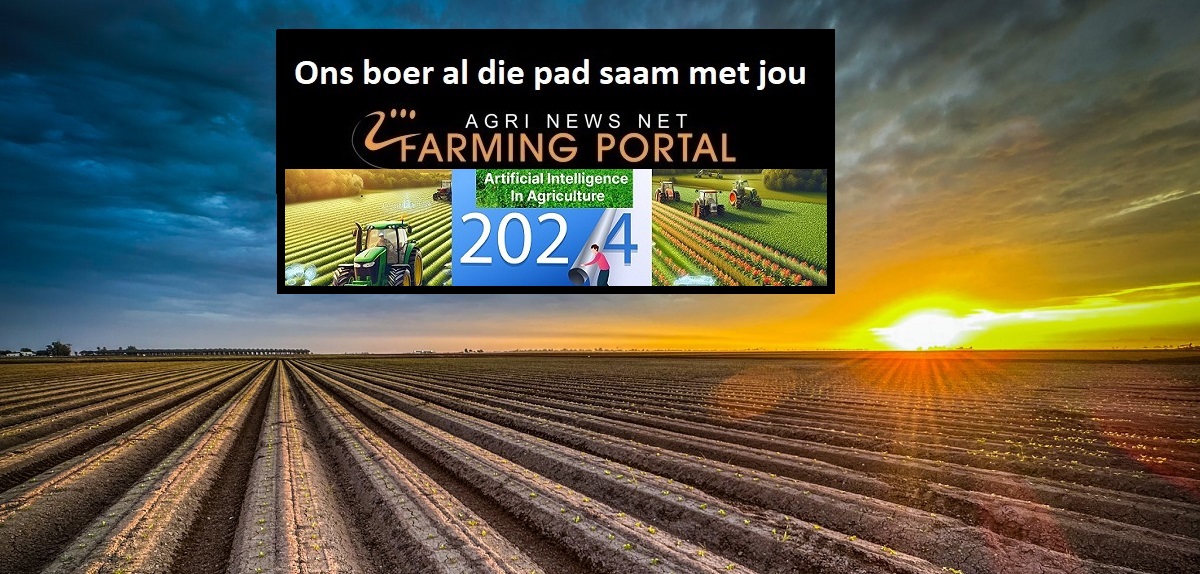They have been using their technologies for over 50m years in perfect ecological balance. By contrast, humans are amateurish technologists from an environmental perspective. Our technologies put the existence of our species and the entire biosphere at risk. By studying the peculiar social world of insects and their technology, we can learn how to live in greater biological harmony with the planet.
One thing humans already share with several species of insects is a practice known as “eusociality”. This is the highest form of social behaviour. It involves a sophisticated division of labour, with different generations working together and different individuals carrying out different jobs, including giving birth and raising children. The most notable eusocialists on the planet are rare species of insects (ants, termites and bees) and Homo sapiens.
Our eusociality is what enabled us – and insects – to develop technology. Members of a eusocial species will identify and carry out the task they are most suited to, whether that’s guarding the nest or seeking out food, while avoiding the tasks of other members. In this way, a group of animals will spontaneously organise itself into a collective we call a “superorganism” that can generate technology.
The first evolutionary form of technology was agriculture, which was actually invented by ants and termites 50m years before us. Agriculture can be defined as the technological process of producing food on a large scale. For example, leaf-cutter ants turn the green leaf biomass into food using their impressive gardening skills, formidable technical skills and symbiosis with a fungus.
 - Africa’s most notorious insects – the bugs that hit agriculture the hardest
- Africa’s most notorious insects – the bugs that hit agriculture the hardest
The human practice of agriculture started 10,000 years ago. It is no more than a copy of the gardening and technical skills developed by insects. But, in our case, the agriculture enabled the creation of the economic surplus. This in turn helped the emergence of written language, literature, mathematics, philosophy, art and eventually science. So the real roots of our technological abilities are in agriculture.
Eusociality and agriculture enabled the social conquest of Earth, first by insects and then by us. The first global civilisation was the civilisation of insects, or the “Insectocene”. By investigating various forms of the Insectocene, we can learn valuable lessons for our technological future.
The meaning of the term civilisation revolves around cities. The likes of Rome, London and New York have all been seen as the centres of ancient or modern human civilisations. All eusocial insects practising agriculture have their own cities, and you may be surprised to learn that they do not lag behind human cities in their technical sophistication.
Take leaf-cutter ants again. Their metropolises are probably the most intricate structures ever built underground. They have huge gardens at their centres, connected by excellent highways. Other structures scattered around include rubbish collection depots, food distribution centres, army barracks or police stations. There are even funeral service stations.
Other insect cities are examples of aesthetic sophistication. For instance, cities built by honeybees from the material excreted by their bodies are real examples of natural beauty.
We need to start looking at insects as our older and more experienced eusocial relatives. These urbanised animals and their sophisticated social behaviour may contain important clues for making our technological future safer. We should be brave enough to enter their world without fear.
Somewhere in the peculiar social world of insects hides the secret of the ecological balance so absent from our world. We have to find this soon: the secret of how to integrate our technologies with the ecological system inhabited by at least 9m species. Otherwise, it may be too late.

















